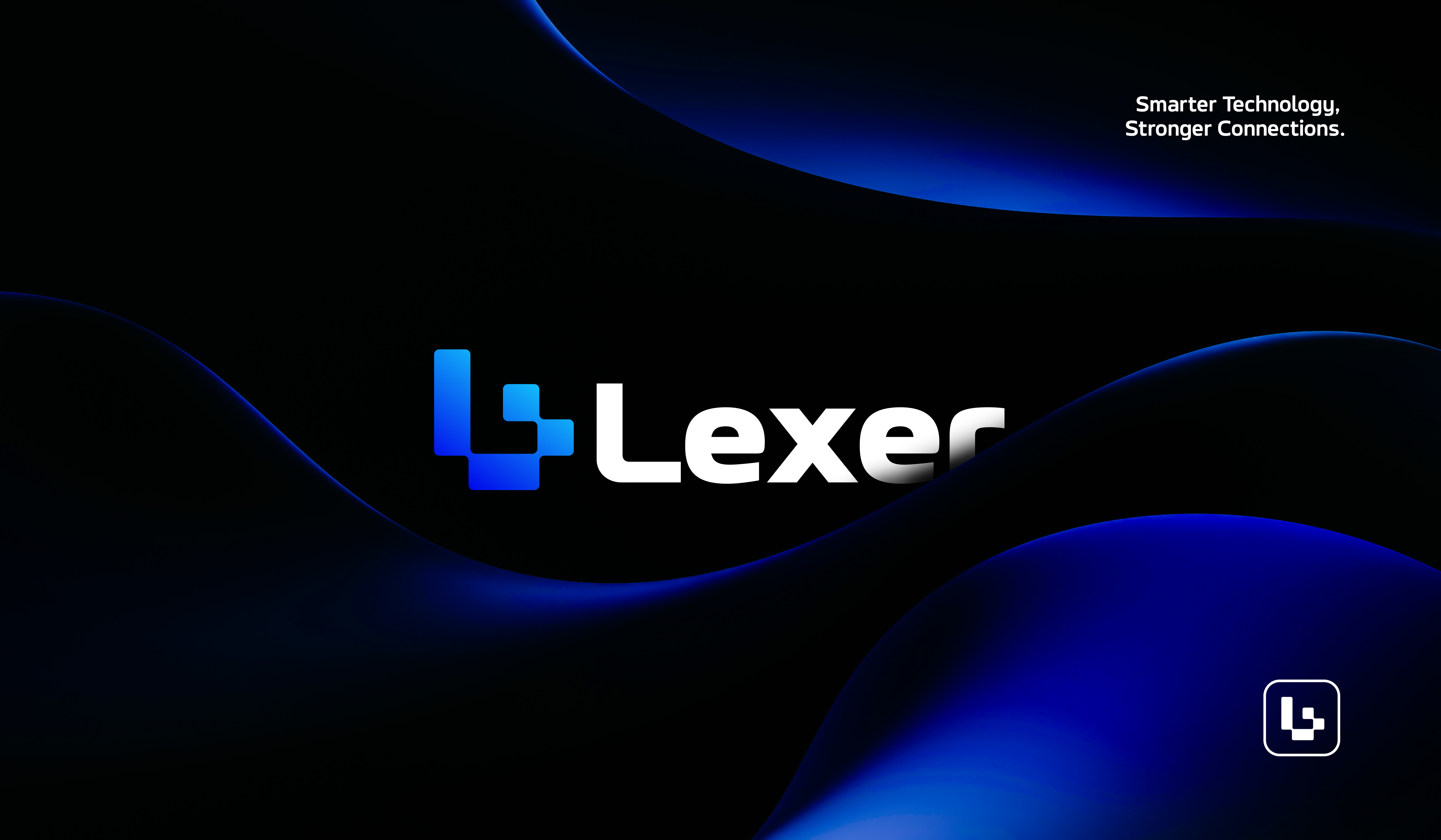
Lexer: Complete Buyer's Guide
Specialized Customer Data and Experience Platform (CDXP) for retail and ecommerce businesses
Lexer is a specialized Customer Data and Experience Platform (CDXP) designed specifically for retail and ecommerce businesses seeking to unify fragmented customer data across online and offline channels. The platform transforms disconnected customer touchpoints into unified profiles that drive personalized marketing campaigns and measurable business outcomes.
Market Position & Maturity
Market Standing
Lexer occupies a specialized position in the Customer Data Platform market, focusing exclusively on retail and ecommerce businesses rather than competing across broader marketing automation categories.
Company Maturity
The company demonstrates operational maturity through documented enterprise customer implementations across fashion, outdoor gear, and athleisure verticals[54][55].
Strategic Partnerships
The platform's technology partnerships with Experian for data enrichment[47][53] and native Shopify integration[57] indicate strategic ecosystem positioning within the retail technology stack.
Longevity Assessment
These partnerships suggest long-term viability through established data provider relationships and ecommerce platform alignment.
Proof of Capabilities
Customer Evidence
Lexer demonstrates proven effectiveness through documented customer implementations with quantified business outcomes across multiple retail verticals. THE UPSIDE, an athleisure brand, achieved exceptional results using Lexer's AI-powered clienteling capabilities, reporting a 75% conversion rate and 13% higher average order value[54]. Black Diamond, an outdoor gear retailer, provides compelling evidence of Lexer's segmentation effectiveness, achieving a 1,101% revenue increase per email for lapsed customers while simultaneously halving cost-per-acquisition and doubling return on ad spend[55].
Quantified Outcomes
THE UPSIDE achieved a 75% conversion rate and 13% higher average order value[54]. Black Diamond reported a 1,101% revenue increase per email and halved cost-per-acquisition while doubling return on ad spend[55].
Market Validation
Market validation appears through customer success metrics, including THE UPSIDE's 75% conversion rates[54] and Black Diamond's 1,101% revenue increases[55].
Competitive Wins
Competitive displacement evidence appears in customer selection patterns. Organizations choose Lexer over Klaviyo for superior data enrichment capabilities[45][58] and over Adobe for faster implementation timelines with retail-specific functionality[56][59].
Reference Customers
Customer evidence includes established brands like THE UPSIDE, Black Diamond, and PAS Group, indicating market acceptance among mid-market retailers seeking specialized ecommerce solutions.
AI Technology
Lexer's technical foundation centers on practical AI applications rather than experimental features, delivering measurable business outcomes through three core AI capabilities. Lexi, the platform's AI companion, provides automated attribute analysis with built-in compliance safeguards that exclude personal identifiers[51].
Architecture
The platform's predictive enrichment architecture leverages Experian's Mosaic data integration to append lifestyle, income, and spending propensity attributes to customer profiles[47][53].
Primary Competitors
Against Klaviyo, Lexer offers superior data enrichment through Experian partnerships while Klaviyo excels in email and SMS automation capabilities[45][58]. Versus Adobe, Lexer delivers retail-specific functionality with faster implementation timelines, while Adobe provides superior data governance and enterprise scalability[56][59].
Competitive Advantages
Competitive advantages include 30+ pre-built retail segments designed for ecommerce scenarios[46][47], enabling faster campaign deployment compared to custom-built solutions. Native Shopify integration provides real-time order and channel data synchronization[57].
Market Positioning
Lexer's competitive differentiation centers on retail specialization versus broader marketing automation platforms.
Win/Loss Scenarios
Win scenarios favor Lexer when organizations prioritize pre-built retail segments over custom modeling capabilities, need faster implementation timelines than enterprise platforms offer, and can commit resources to data quality management and ongoing validation processes[46][47][51][57]. Loss scenarios include enterprise-scale retailers requiring sophisticated probabilistic matching, organizations heavily dependent on Google Ads or Facebook advertising without tolerance for integration maintenance[48].
Key Features

Pros & Cons
Use Cases
Integrations
Pricing
Featured In Articles
How We Researched This Guide
About This Guide: This comprehensive analysis is based on extensive competitive intelligence and real-world implementation data from leading AI vendors. StayModern updates this guide quarterly to reflect market developments and vendor performance changes.
59+ verified sources per analysis including official documentation, customer reviews, analyst reports, and industry publications.
- • Vendor documentation & whitepapers
- • Customer testimonials & case studies
- • Third-party analyst assessments
- • Industry benchmarking reports
Standardized assessment framework across 8 key dimensions for objective comparison.
- • Technology capabilities & architecture
- • Market position & customer evidence
- • Implementation experience & support
- • Pricing value & competitive position
Research is refreshed every 90 days to capture market changes and new vendor capabilities.
- • New product releases & features
- • Market positioning changes
- • Customer feedback integration
- • Competitive landscape shifts
Every claim is source-linked with direct citations to original materials for verification.
- • Clickable citation links
- • Original source attribution
- • Date stamps for currency
- • Quality score validation
Analysis follows systematic research protocols with consistent evaluation frameworks.
- • Standardized assessment criteria
- • Multi-source verification process
- • Consistent evaluation methodology
- • Quality assurance protocols
Buyer-focused analysis with transparent methodology and factual accuracy commitment.
- • Objective comparative analysis
- • Transparent research methodology
- • Factual accuracy commitment
- • Continuous quality improvement
Quality Commitment: If you find any inaccuracies in our analysis on this page, please contact us at research@staymodern.ai. We're committed to maintaining the highest standards of research integrity and will investigate and correct any issues promptly.